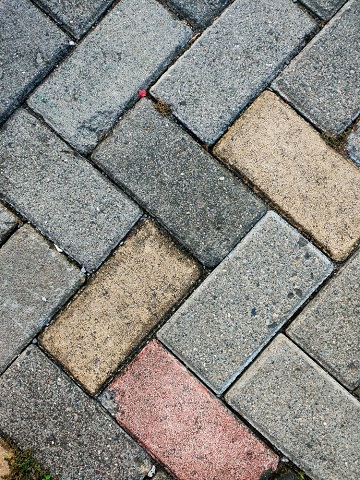 Fortunately, the earth is vibrant in terms of elements.
Fortunately, the earth is vibrant in terms of elements.
And if we focus on the stones, we can discover a fantastic world of possibilities.
Only a few years ago, few types of stones were marketed for gardens, but thanks to landscaping, many types of decorative stones have been launched in recent years.
The need and interest in achieving natural spaces, but with great design, aesthetics, and order, has ensured that we have dynamic and quality elements.
Therefore, we explain below the types of stones and decorative materials most widespread today.
Boulders.
The pebbles are natural stones treated to eliminate their edges and make their touch more delicate and safe.
The process that follows is washing and screening.
The finish achieved is similar to that found on the stones that reach the beaches and that have been eroded naturally.
Furthermore, thanks to this entire process, a relatively smooth and natural material is achieved.
- The boulders can be made of various materials.
- The most widespread are usually made of marble and slate.
- They are resistant materials that can be used for many applications, such as decorating garden areas.
Decorative Gravels.
- Decorative gravelsare stone fragments previously crushed to obtain a smaller product of various dimensions.
- The materials are usually made of marble or chickpeaand, as a general rule, are the remains left over from the blocks from the quarries.
- This makes it a sustainable material because it is natural and because everything that is no longer useful is used to give it a new function.
- Within decorative gravel, we find different types and colors.
- Black, green, or volcanic gravelare some that you can choose to create a dynamic and creative environment.
Irregular stones.
Sometimes, nothing is more special than elements being unequal to each other.
In this case, the irregular stones have very different calibers and can be made of almost any material, although they are usually quartzite, sandstone, slate, or limestone.
They are generally flat stones more focused on masonry, coatings, and pavements, although they can also be given other decorative uses on the ground for paths or creating different environments.
 Bowling.
Bowling.
- Skittles arerounded stones larger than gravel.
- They have a great decorative function and are all-natural jewels, an unparalleled aesthetic solution.
- They are mainly used to create divisions in different areas.
- The materials are very variable, highlighting granite or marble.
- Thanks to the diversity of materials, we find different textures, colors, and sizes.
- Regarding tones, light colors usually predominate.
- Its resistance is formidable, and maintenance is almost zero.
Special Arenas.
Finally, we move on to unique sands and sands for decoration.
Unique sands are mostly stones or remains of stones from quarries that are crushed or pulverized.
The result is an excellent product for creating designs of great decorative value.
Widely used to create Zen-style gardens, natural wonders can be made with a bit of creativity.
The most common unique sands are silica, volcanic stone, or topsoil, among many others.
The main difference concerning the other materials mentioned is that you must be clear about where and how you want to place the sand since later changing its location is much more cumbersome. If different sands are mixed, we cannot have defined colors again. for each one.
